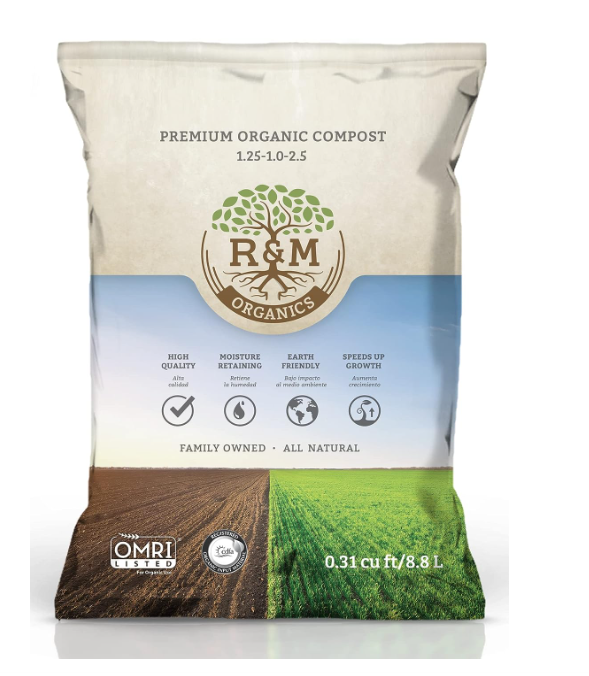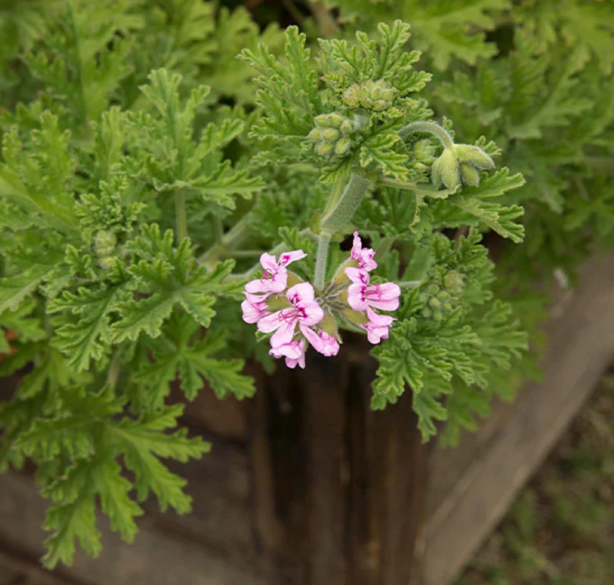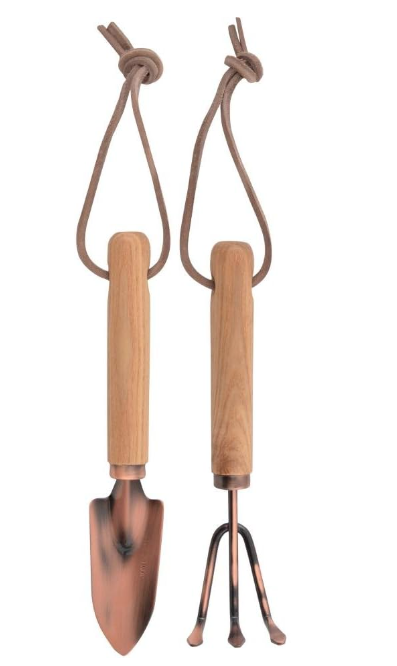'Gardening like the French' is the foolproof way to produce a large harvest in small gardens and backyards
If you want well-drained, well-aerated, and fertile soil to grow the healthiest vegetables, fruits, and flowers in the smallest of spaces, then French Intensive Gardening is a must-try


This practice was started in 16th-century France, where French Intensive gardening, also known as biodynamic gardening, helped produce a lot of yield in less space. By using methods such as deep digging, raised beds, close spacing, sun exposure, and companion planting, farmers were able to produce a healthy and substantial crop. While an ancient science, the method still holds value, especially for those who have smaller gardens.
'French Intensive gardening requires a lot of planning, discipline, and extensive knowledge of your region’s climate, pests, plants, and plant-pest interactions,' says NYC plant doctor and professor at NYBG, Christopher Satch. 'It is an effective method, but only one that an experienced gardener can pull off.'
If you are interested in having a healthy harvest in your backyard and are a dedicated gardener, then this method is worth trying. Experts give us a lowdown.
What is French Intensive Gardening?
This practice started in France in the 16th century when small commercial gardens supplied cities with fresh fruits and vegetables. With this method, farmers were able to provide enough produce for a large population on a relatively small amount of land. Over time this practice grew in popularity and reached the United States, where gardener Alan Chadwick started a French intensive garden at the University of California in 1967.
While an ancient method of gardening, this practice can easily be adopted in modern gardens. The technique claims to produce up to four times the amount of produce per acre with half of the water consumption.
'The overarching principle behind French Intensive gardening is to produce the highest quality and quantity of a diverse range of produce in a very limited amount of space, as efficiently as possible,' says Kat Aul Cervoni, landscape designer and founder of Staghorn NYC and The Cultivation by Kat.
'The hallmarks of French Intensive gardening are closely planted plants, in closely arranged raised rows (typically 6” apart) oriented north-to-south for optimal sun exposure,' says Kat. 'This ensures that all plants in the beds will receive a fair amount of direct sunlight each day regardless of height.'
The Livingetc newsletters are your inside source for what’s shaping interiors now - and what’s next. Discover trend forecasts, smart style ideas, and curated shopping inspiration that brings design to life. Subscribe today and stay ahead of the curve.
'While the French Intensive gardening method is often associated with raised beds, it’s a method that manipulates the soil and the crop selection to maximize yield in a smaller space,' says Christopher Satch.
How to start a French Intensive garden
1. Double digging

Before starting your small vegetable garden or fruit garden, begin by preparing the soil. Clear the area of weeds and debris, and then use digging by hand for well-drained and aerated soil.
'Manure is worked into the soil about a month or so before planting, usually being added in by double digging – a technique where a layer of soil is removed, then the soil underneath is aerated with a pitchfork,' says Christopher. 'The soil then is mixed and returned (if digging multiple rows, the next row’s top is used to fill the prior row’s top after aeration).'
2. Raised beds
You need to prepare a raised bed next for your crop. You can build beds or even dig up soil to make a 3-5" raised planting area. A Hugelkultur bed would work great.
'Raised beds are a crucial part of the method as they ensure optimal drainage, minimal soil compaction and also take advantage of increased exposure to sunlight - meaning more warmth and faster seed germination and growth,' says Kat. 'It’s critical that the soil in the beds is never compacted, so stepping onto the beds is strictly discouraged.'
Do remember though, that the climate and region you are in will also dictate the kind of beds you need to create.
'In wetter climates, indeed, beds may be raised,' says Chris. 'In more arid environments, beds may be sunken-in to better collect what little rainwater there is.'
3. Companion planting
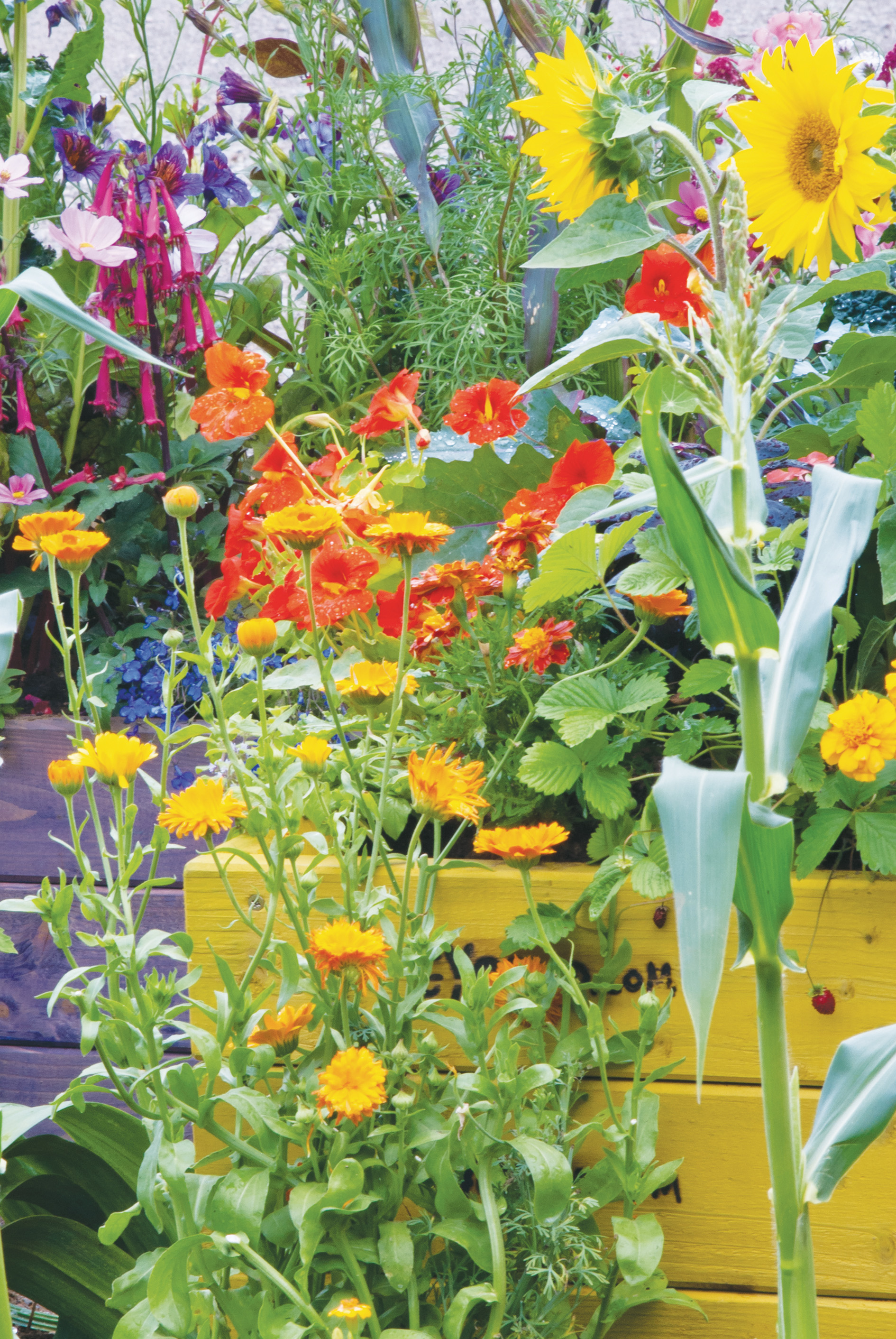
Another big cornerstone of French Intensive gardening is companion planting – a method that involves combining several different plants in the same space, to help grow more beautiful blooms.
'Intercropping (planting more than one type of crop) and companion planting are all used in the French Intensive gardening method, and are chosen specifically to the environment, but must also complement or be companions with one another,' says Christopher. 'For example, plants with long roots will be planted with plants with short roots, or slow-growing with fast-growing, or tall with short plants, and so on. One rule to follow is that the plants should not be crashing into one another but be ideally spaced where at maturity, the leaves of all plants are just tickling or touching one another. This shades the soil which retains moisture, and suppresses new weeds by denying sun to the soil so it’s harder for them to sprout.'
'One thing to note is that French Intensive gardening requires extensive knowledge of plant types and their habits and growth patterns as these are arranged in a companion-planting style to optimize growth and production through the seasons,' says Kat. 'For example, low-growing and shallow-rooted vegetables are interplanted next to taller, deep-rooted plants as they can coexist and thrive nearby.'
4. Trap plantation
When working out how to design a small garden using this method, do give some thought to trap plantation as well.
'Trap planting is used to lure pests away from your crop – it involves planting at the corners or off to the side of the garden,' says Christopher. 'These plants keep the pests away so that they will favor attacking that plant over what you are trying to grow. For example, gardeners who plant roses also plant scented geraniums/pelargoniums next to or slightly away from the roses to draw Japanese beetles away from the roses. When the Japanese beetles are drawn to and begin to chomp down on the pelargoniums, they become poisoned and immobilized for a few hours, which allows birds to find them and feast on them.'
5. Crop rotation
For a healthy, thriving backyard or courtyard garden, the practice of crop rotation is a must. This will promote soil health, and nutrient balance, and will allow for pest and disease control. One thing to note is that this practice can become a little difficult in French Intensive Gardening because you have less space to move crops around.
Advantages of French Intensive Gardening
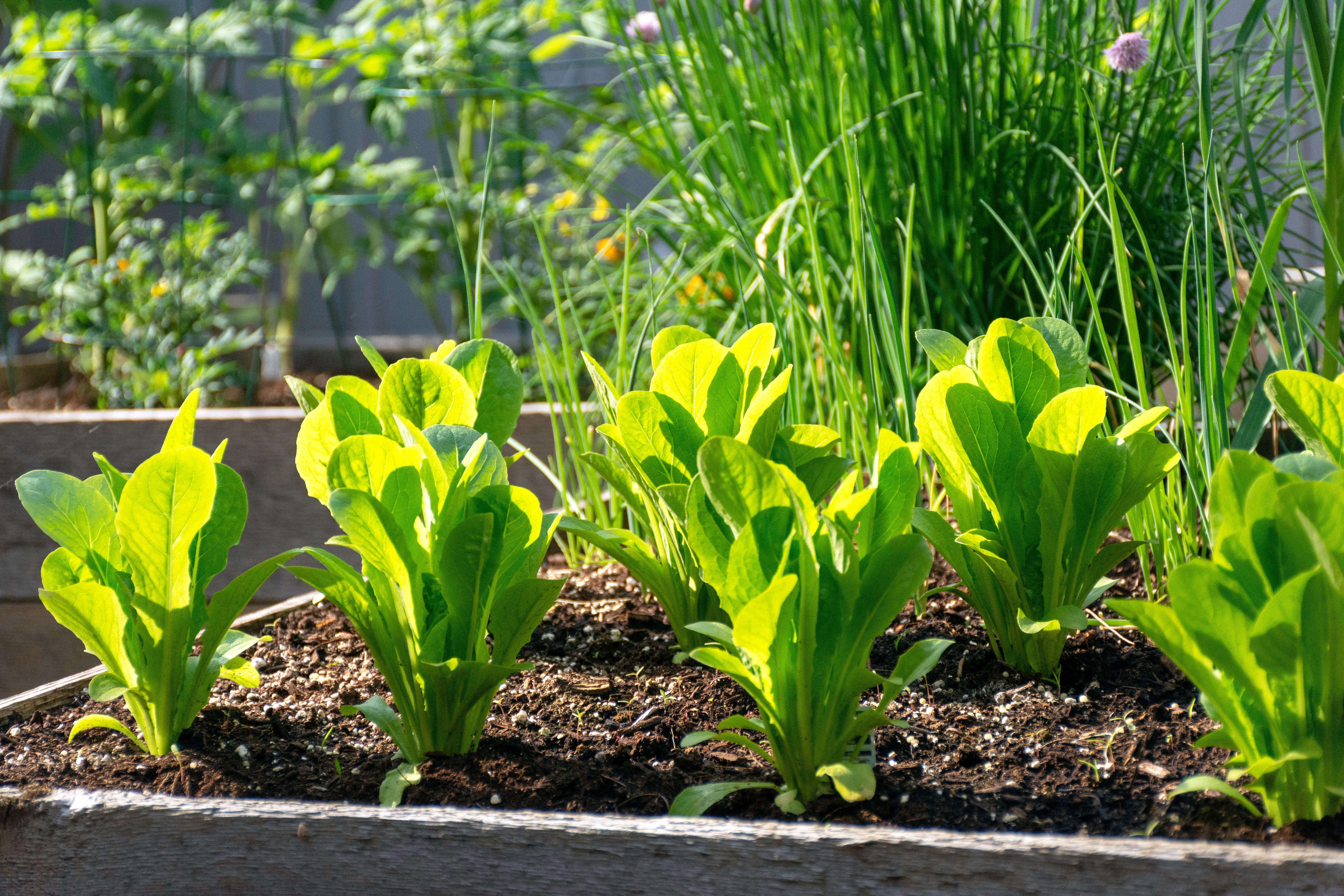
This method works extremely well for gardens of all types but especially small gardens.
'One of the biggest advantages of this method is that small gardens can still be highly productive, so it’s an especially good method for urban gardens,' says Kat. 'This method also champions succession planting which ensures that the garden is continuously producing a diverse range of food throughout the entirety of the growing season. It centers on efficiency, particularly for water. The density of the plantings creates a layer of foliage that covers the soil which creates a sort of insulating greenhouse effect. This helps regulate soil moisture and temperature to maintain more consistency throughout the vegetable's growth cycle. Also, consistency in moisture and warmth are two key factors in producing especially delicious and plentiful produce. Inconsistencies in these factors are what can make plants begin to go to seed, which draws energy away from producing more fruit and also leads to tougher, smaller, and more bitter food.'
Disadvantages of French Intensive Gardening
There is no doubt this type of gardening requires hard labor and a fair bit of experience. You should already have a good idea about the plant growth rates, growing conditions, care needs, and harvesting schedules. You also need high-quality tools (copper garden tools might make your soil better), especially in places that have tough clay soil.

Aditi Sharma Maheshwari started her career at The Address (The Times of India), a tabloid on interiors and art. She wrote profiles of Indian artists, designers, and architects, and covered inspiring houses and commercial properties. After four years, she moved to ELLE DECOR as a senior features writer, where she contributed to the magazine and website, and also worked alongside the events team on India Design ID — the brand’s 10-day, annual design show. She wrote across topics: from designer interviews, and house tours, to new product launches, shopping pages, and reviews. After three years, she was hired as the senior editor at Houzz. The website content focused on practical advice on decorating the home and making design feel more approachable. She created fresh series on budget buys, design hacks, and DIYs, all backed with expert advice. Equipped with sizable knowledge of the industry and with a good network, she moved to Architectural Digest (Conde Nast) as the digital editor. The publication's focus was on high-end design, and her content highlighted A-listers, starchitects, and high-concept products, all customized for an audience that loves and invests in luxury. After a two-year stint, she moved to the UK and was hired at Livingetc as a design editor. She now freelances for a variety of interiors publications.
